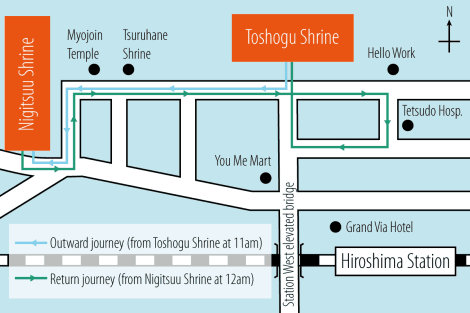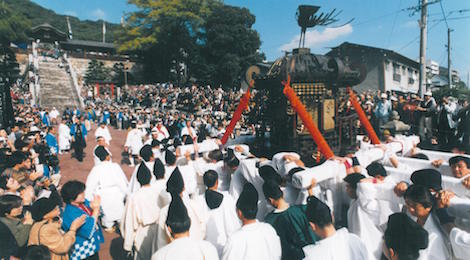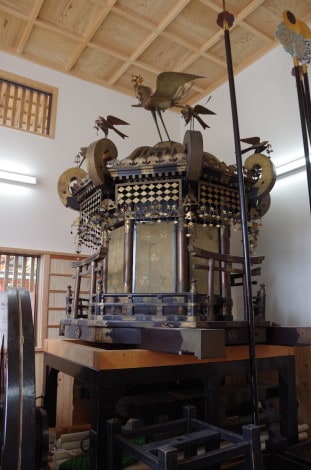Grand parade resurrected after 200 year hiatus
A grand parade to commemorate the death of one of the 3 great unifiers of Japan, Tokugawa Ieyasu, once held every 50 years is to be resurrected after a 250 year hiatus.
The Tōrigyosairei [通り御祭礼] parade was first held in 1666 on the 50th anniversary of the death of Tokugawa Ieyasu, who is credited with unifying Japan’s warring states and was the first of the Tokugawa shoguns to presided over the 250 year-long Edo period. According to historical records, hundreds of thousands of people lined the approximately 4km route between Hirose and Toshogu Shrine to view the spectacle of 2000 people, carts, palanquins and a giant portable mikoshi shrine making its way through the castle town. The parade took place every 50 years on 3 more occasions, but has not been held since 1815. This year, the tradition is to be revived and the parade will be held once again on October 10, 2015 to commemorate the 400th anniversary of Ieyasu’s death.
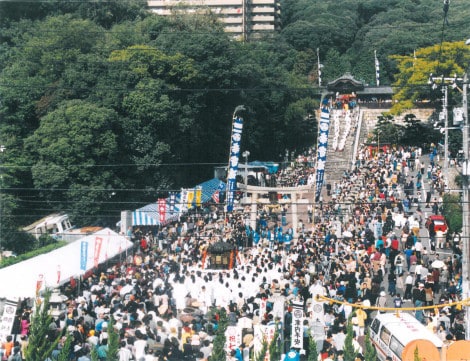
Even the spirit of the great shogun has to comply with police regulations, so the out and back parade route has been shortened to approximately 1km between Toshogu and Nigitsu shrines. Organizers are, however, going to great lengths to replicate the processions of old in as close detail as possible. Period costumes for around 500 soldiers, samurai, feudal lords, magistrates, children playing kabuki, musicians and kirin lion dancers are being designed by referring to prints dating from 1764 and 1815.
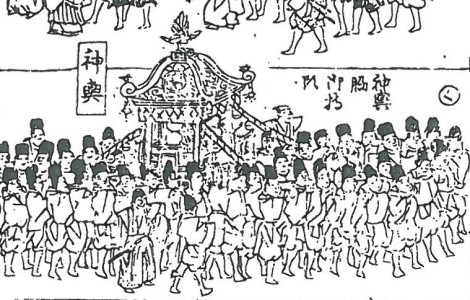
A large hana-guruma carriage has been reconstructed, upon which will sit a large woven basket containing an elaborately crafted artificial floral display which will stand some 2m tall – Shunji Kubota, priest at Toshogu is hoping that it will be able to negotiate the low-hanging electricity wires that their predecessors didn’t have to contend with.
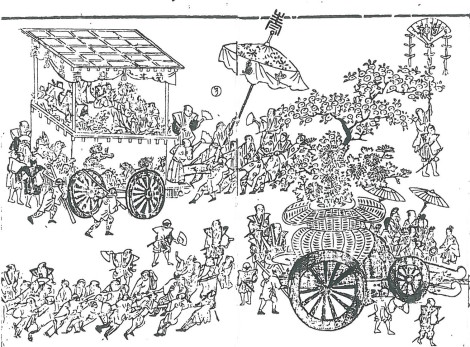
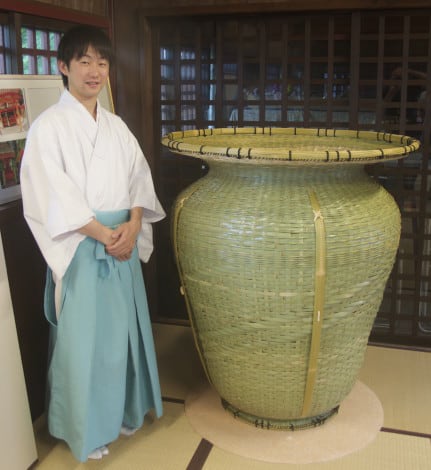
The main guest is the 800kg mikoshi portable shrine which will require around 60 people to carry it along the route and up and down the steep slope to and from Toshogu Shrine.
Although the surrounding shrine was completely destroyed, the mikoshi miraculously survived the A-bombing intact. It is, says Kubota, in this 70th year after the A-bombing, an appropriate symbol that connects Hiroshima’s long pre-bombing history with the resilience of its people evident in the city’s recovery.
When I mention that I’ll be sure to be at the parade as it’s unlikely I’ll be around in 2065, Kubota smiles and says, “Well, it’s been such an effort to resurrect the parade, it seems a shame to wait until almost everyone has forgotten about it again. We’re hoping that if this year’s festival is a success, we’ll get approval to hold the parade every 5 or 10 years. We’d like to become one of Hiroshima’s big regular events, like the Flower Festival.”
The parade, held on October 10, 2015, will make it’s way between Toshougu Shrine and Niigitsu Shrine 11:00-11:40 and the return journey will be between 12:30 and 14:00.
